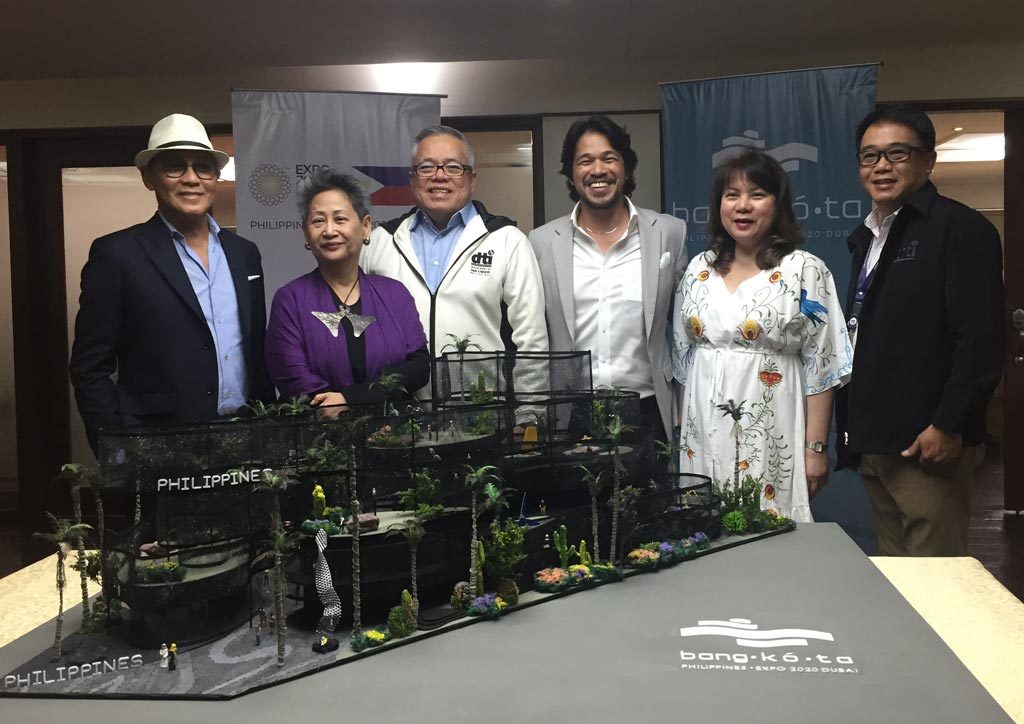
DTI unveils the P1 billion Philippine pavilion at the World Expo 2020 in Dubai
“The Bangkóta as the Philippine theme is a perfect representation and metaphor for the Filipinos who are spread all over the world but remain connected by travel, migration, and technology.” Secretary Ramon Lopez explained the Philippine pavilion theme for Expo 2020 Dubai in a press conference the Department of Trade and Industry (DTI) held last 11 June 2019.
The Expo 2020 Dubai runs from October 2020 to April 2021. The word bangkóta means “coral reef” and the theme highlights the country’s natural resources. The theme will also highlight the similarities between the coral reef and Filipinos. According to Lopez, both grow into “colonies that thrive throughout the world.”
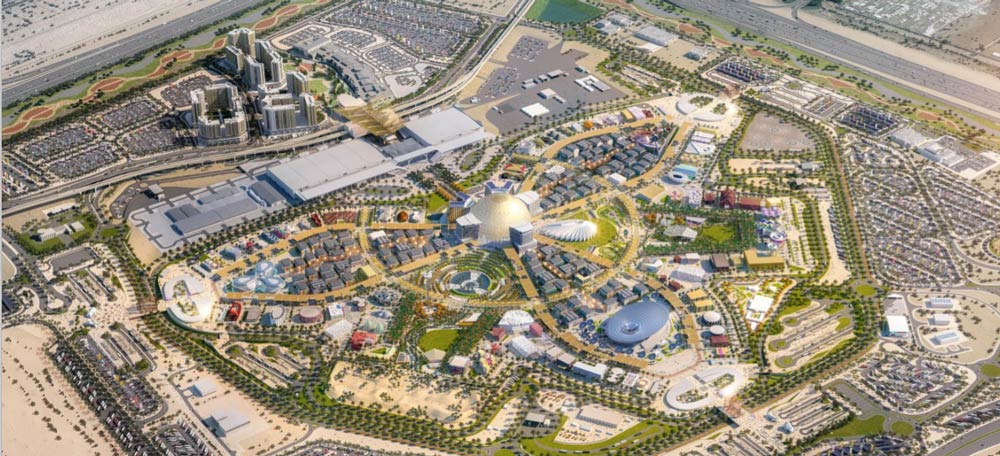
Expo 2020 Dubai is the upcoming edition of the World Expo, an international exhibition that first took place in London in 1851. Dubai’s 428-hectare Expo will feature 190 country pavilions, which they expect will be visited by 25 million tourists.
The Philippines is building its pavilion on a 3,000 square-meter lot. The total built area comes to 1,300 square-meters, designed by Budji+Royal Architecture+Design and curated by Marian Roces. It will feature five exhibits, an artisanal café, and Go Lokal! stores.
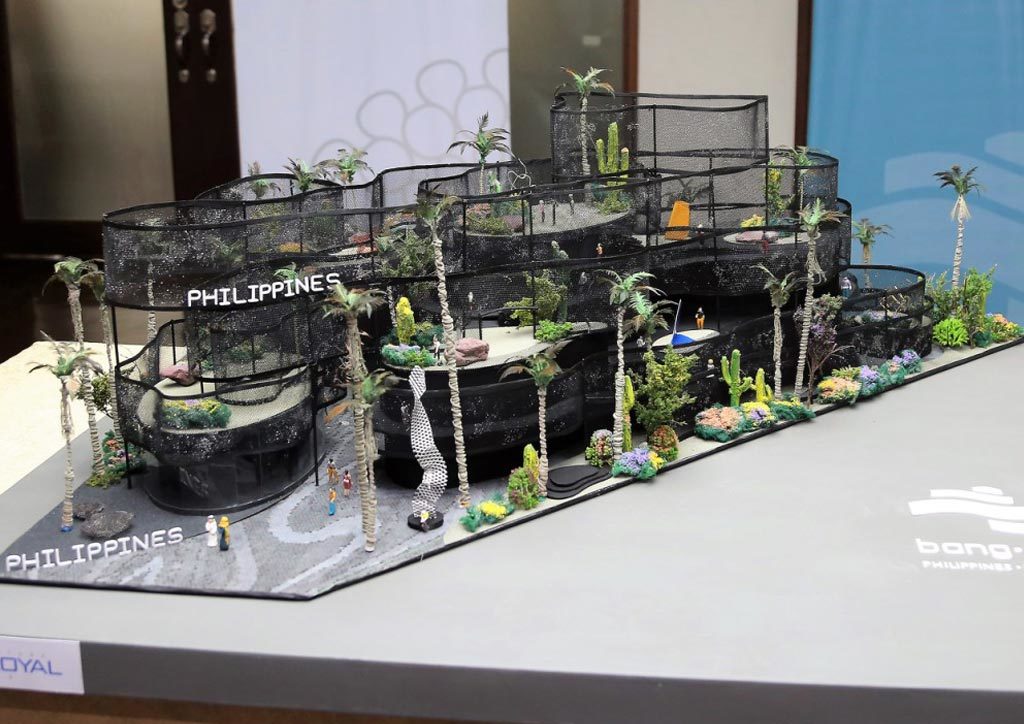
“Participation in World Expos is primarily a platform for country branding because of the magnitude of global publicity and international goodwill. The Philippine participation will primarily leverage these opportunities to promote our country brand as a creative and compassionate nation. But, at the same time, we work for trade and investment opportunities with the GCC (Gulf Cooperation Council). The relevant DTI agencies are finetuning our targets, considering the complexities of the GCC as a trade and investment partner,” said Sec. Lopez.
Read more: Philippine Pavilion World Expo 2020 Dubai
Sec. Lopez said that the government will more than earn back the Expo cost of just under Php1 billion through tourism, trade, services, and investments. To ensure this ROI, the DTI will also organize an investment mission in Dubai to maximize the opportunity.
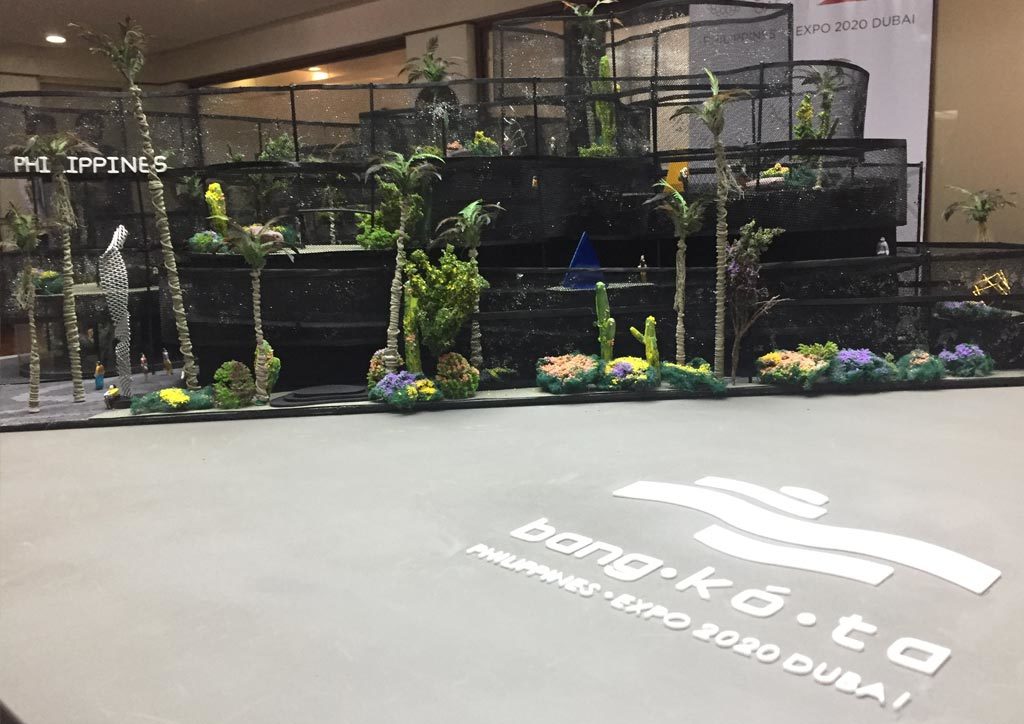
“We requested a total of Php 949,477,000 to implement exactly what we envision for the Philippine pavilion. However, it will still be subject to the Department of Budget and Management’s review and evaluation,” the secretary disclosed.
The secretary also provided the press with an annual budget breakdown (as of May 9, 2019) of the DTI’s investment in the pavilion:
2019: Php 282,382,500
2020: Php 446,013,000
2021: Php 221,081,500
Lopez added that President Rodrigo Duterte approved the Philippines’ participation in Dubai because there are over 700,000 Filipinos in the United Arab Emirates. The President since issued Administrative Order 17 assigning DTI to lead the Philippine Organizing Committee (POC) for Expo 2020 Dubai. The Departments of Tourism, Foreign Affairs, Budget, Labor, Science and Technology, and Information and Communications Technology comprise the POC.
Honest yet progressive design
DTI Assistant Secretary Rosvi Gaetos shared that Expo 2020 Dubai organizers appreciate the PH pavilion design as “humble, honest, yet progressive.”
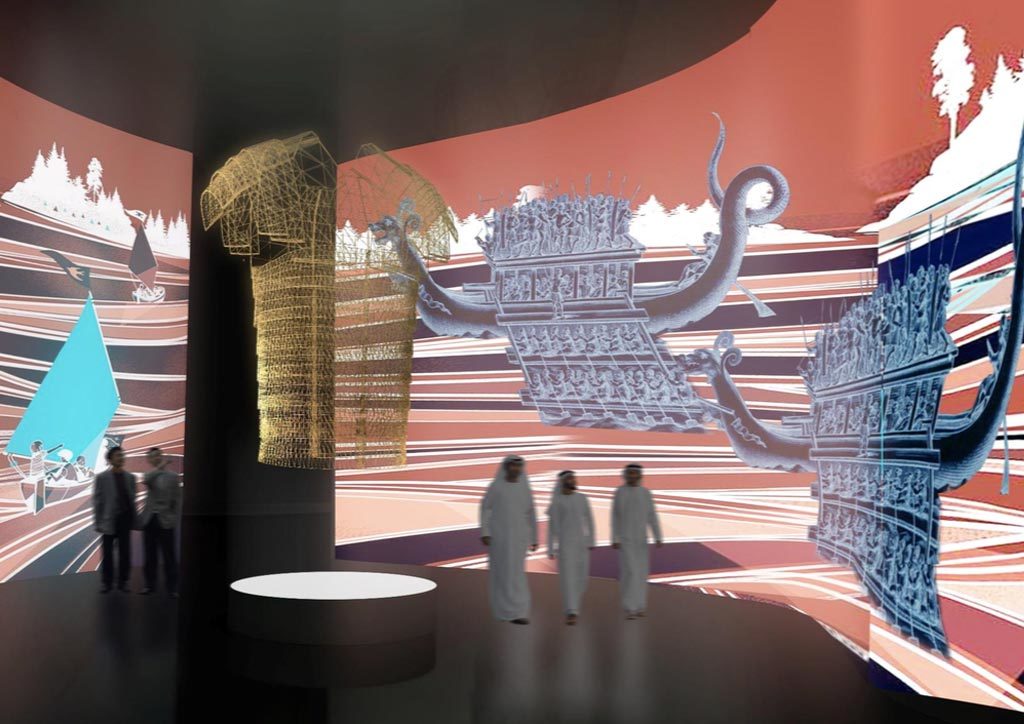
“Out of three bidding agencies, the Interagency Technical Working Group voted on Budji+Royal Architecture+Design’s concept of Bangkóta. Budji+Royal initially presented it as Bahura. But since bahura is a Spanish term, the creative team later changed it to the ancient Tagalog word for coral reef, or bangkóta,” Sec. Lopez revealed.
Architect Royal Pineda of Budji+Royal said they used mesh instead of concrete for the pavilion walls as a way to present the Filipino people “truthfully,” instead of competing with other countries’ much more expensive constructions. “We are not going to build a (literal) bahay-kubo. We’re using (instead) the principles of the bahay-kubo to give something new in Dubai,” Pineda told BluPrint. Aside from being permeable and cost-effective, the pavilion will be modular, which will allow it to be easily taken apart, transported, and reconstructed back in the Philippines. The pavilion will be on permanent exhibition at New Clark City in Pampanga.
Reset the Filipino mindset
Curator Marian Roces has curated Philippine pavilions for past World Expos in Aichi, Japan (2005); Zaragoza Spain (2008); and Shanghai, China (2010).
For the 2020 pavilion, Roces is curating five main exhibits: 4,000 Years Young, Modern Becomes Filipino, The Muslims of the Philippines, The Coraline People, and Oceans Pacific. The exhibits illustrate the country’s history before the arrival of the Spanish colonists in 1521. The pre-Spanish exhibitions are intended to help change the world’s mindset about the Philippines and the Filipinos’ mindsets about themselves.
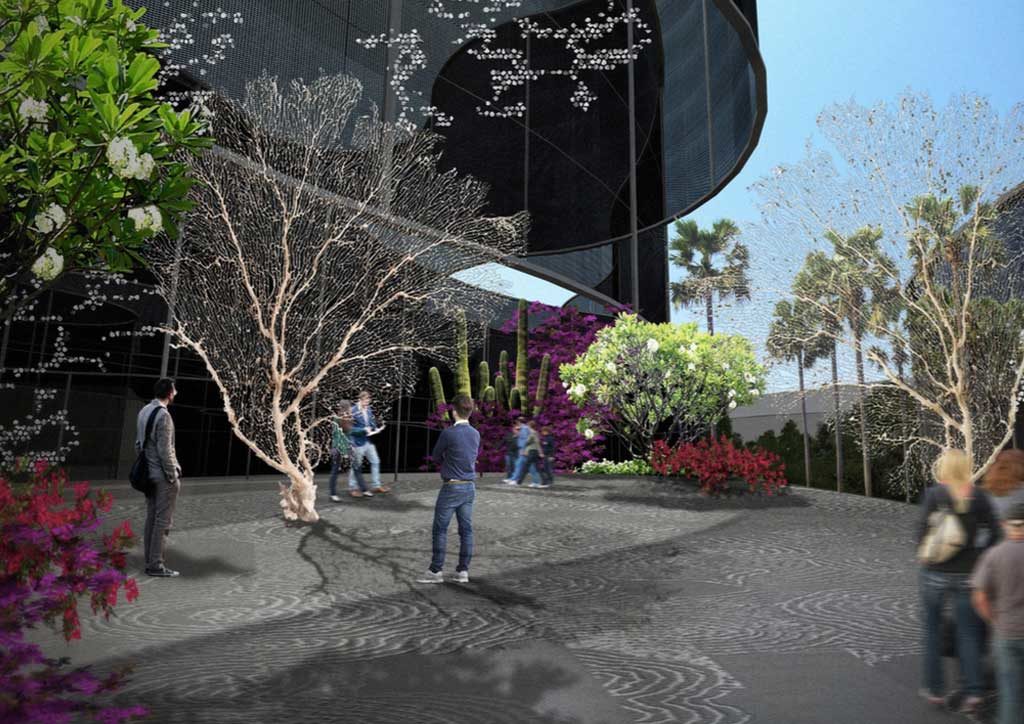
In line with this, the POC chose 16 March 2021, as the Philippine National Day during the Expo. The date commemorates the 500th anniversary of Ferdinand Magellan’s arrival in the Philippines.
The celebration will be designed to change people’s thinking that 16 March 1521 is the day that Magellan discovered the Philippines, to the day Filipinos discovered Magellan.
Construction of the pavilion is intended to begin October 2019.
